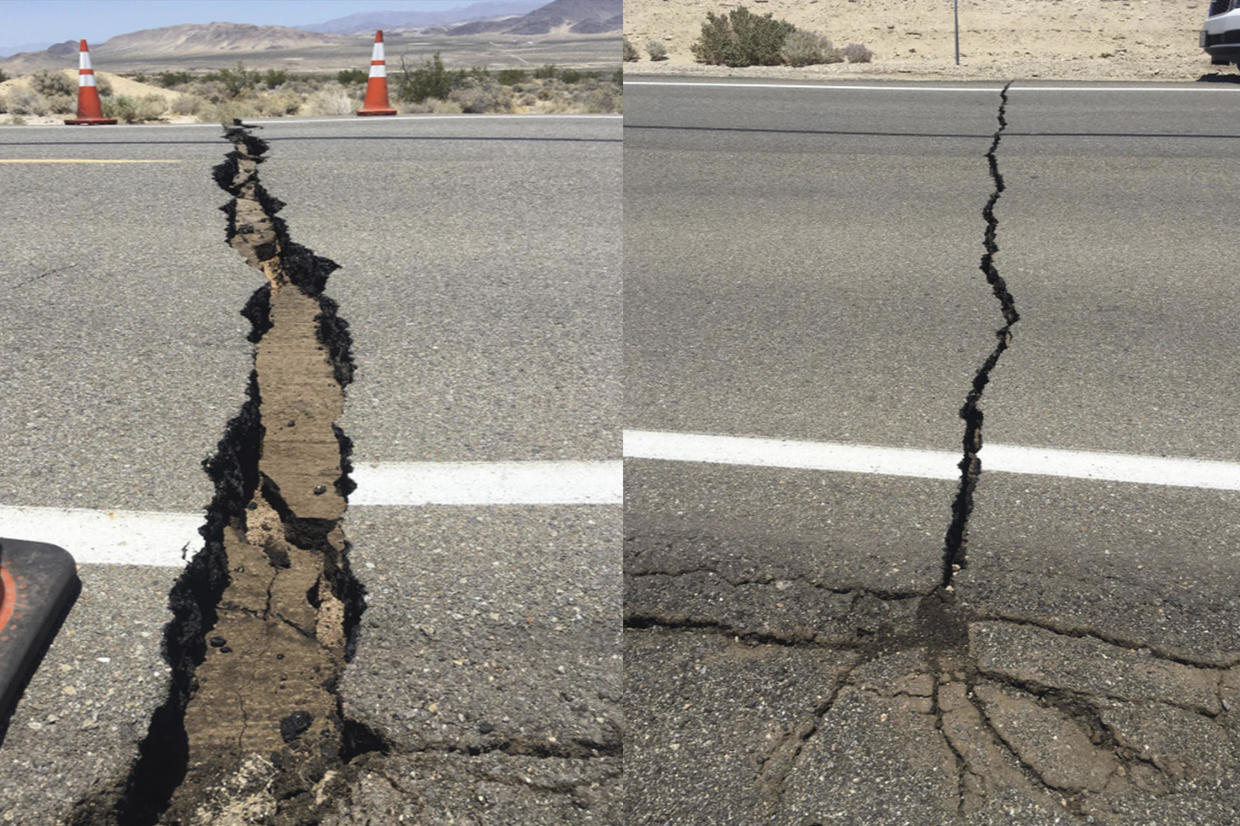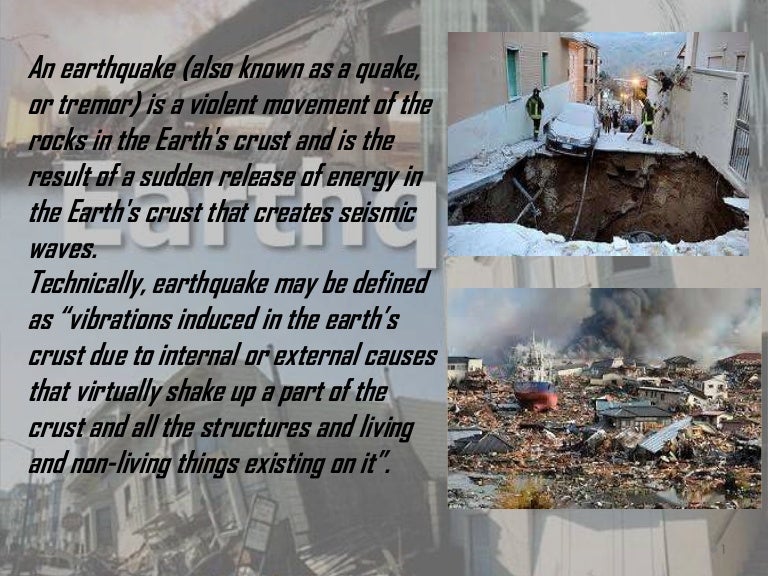
Visit the agency’s site to opt into its Earthquake Notification Service. These faults are considered “active” and are likely to cause another earthquake.Īll data in this project comes from the U.S. Maps are updated within 1-5 minutes of an earthquake or once an hour.

Magnitude for new earthquakes until a magnitude is determined (takes 4-5 minutes). Brown lines are known hazardous faults and fault zones. Our optional fault layer shows fault lines from the USGS that cross the Bay Area that have seen evidence of seismic activity in the last 150 years. Search Earthquakes Near You ( Relative2Me ).
SO CALIFORNIA EARTH QUAKE WEBSITE HOW TO
At intensity VIII and beyond, structural engineers help determine how to categorize the quake based on observable damage, which can include rails bent, bridges destroyed and buildings shifted off their foundations. Map Frequently Asked Questions (FAQ) Brown lines are known hazardous faults and fault zones. How do earthquakes get on these maps Search Earthquakes Near You (Relative2Me). Click on an earthquake on the above map for a zoomed-in view. An intensity VII quake is widely felt and can destroy poorly built structures. Recent Earthquakes in California and Nevada. Searles Valley 1.9 magnitude, 9 km depth.

The measure is designated using Roman numerals.Ī quake at intensity III can be felt near the epicenter, but with no damage to structures. The Quake Tracker displays quakes from the past 30 days with magnitudes above 3.0 in Northern California, 4.0 in Southern California, 5.0 in the United States. The largest earthquake in LA and Southern California: 1.8 magnitude, 6 km depth. Rather than a gauge of pure shaking, intensity takes into account the effects on people and damage to infrastructure. Intensity contours show how strongly a quake was felt and are displayed on the Quake Tracker when available. Quakes below magnitude 3.0 are often not felt and do not appear on this map. The Quake Tracker displays quakes from the past 30 days with magnitudes above 3.0 in Northern California, 4.0 in Southern California, 5.0 in the United States, and 7.0 in North America. The NCSN operates 580 stations in northern and central California and records an additional 159 stations maintained by the Southern. Historical Seismic Records Northern California Earthquake Data Center (NCEDC) Seismo Blog.


 0 kommentar(er)
0 kommentar(er)
